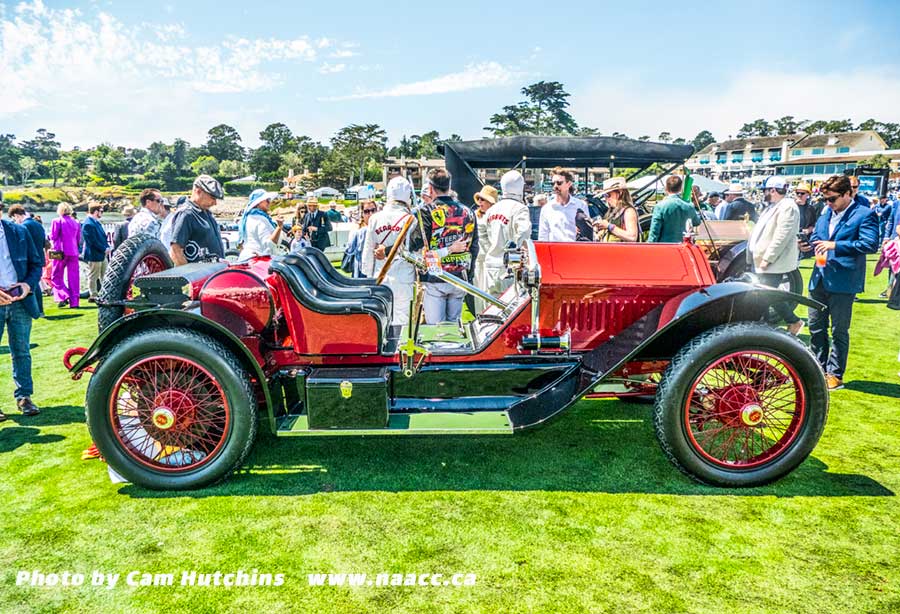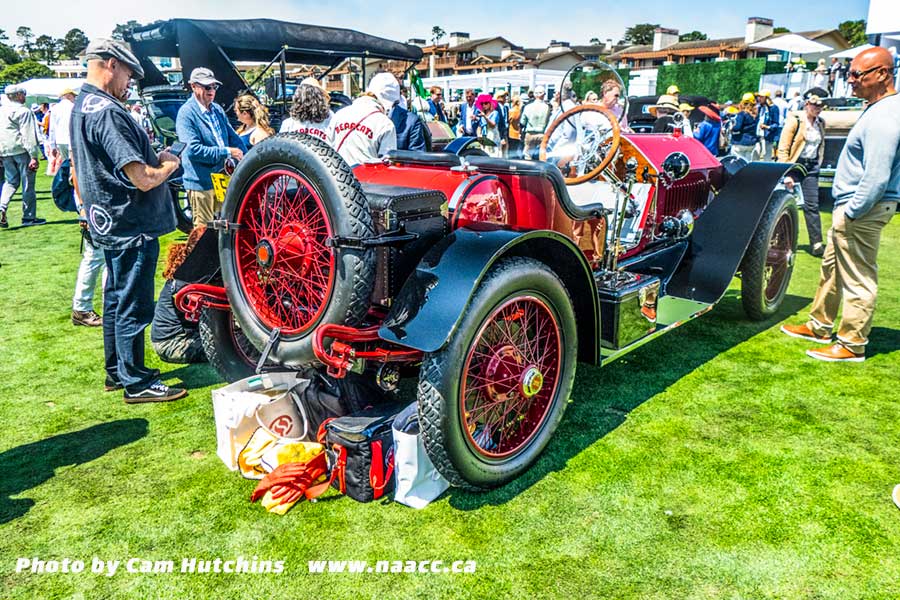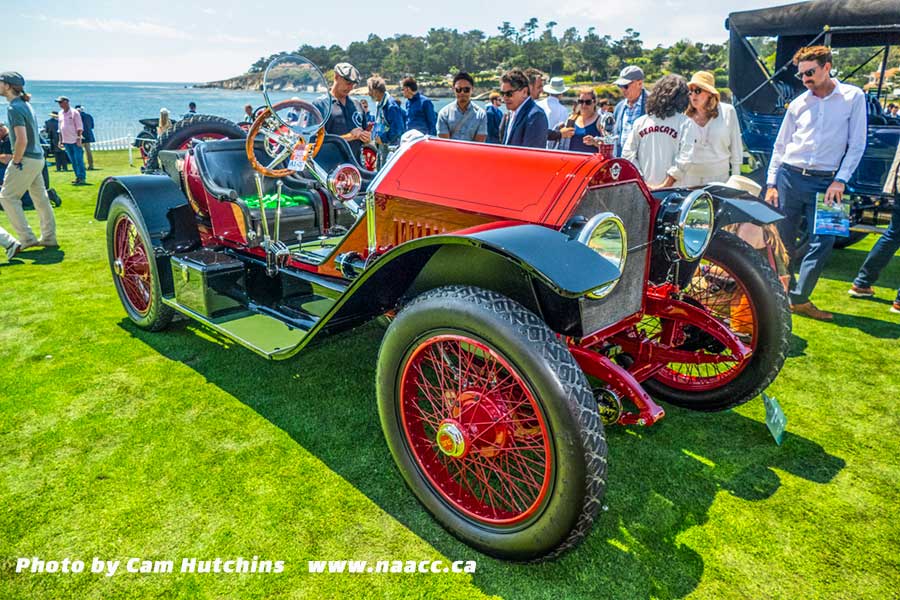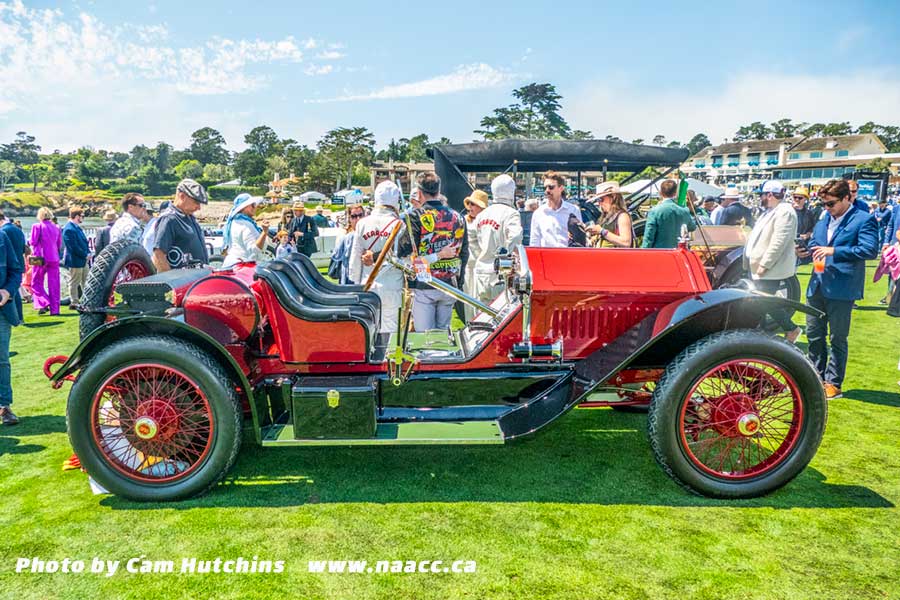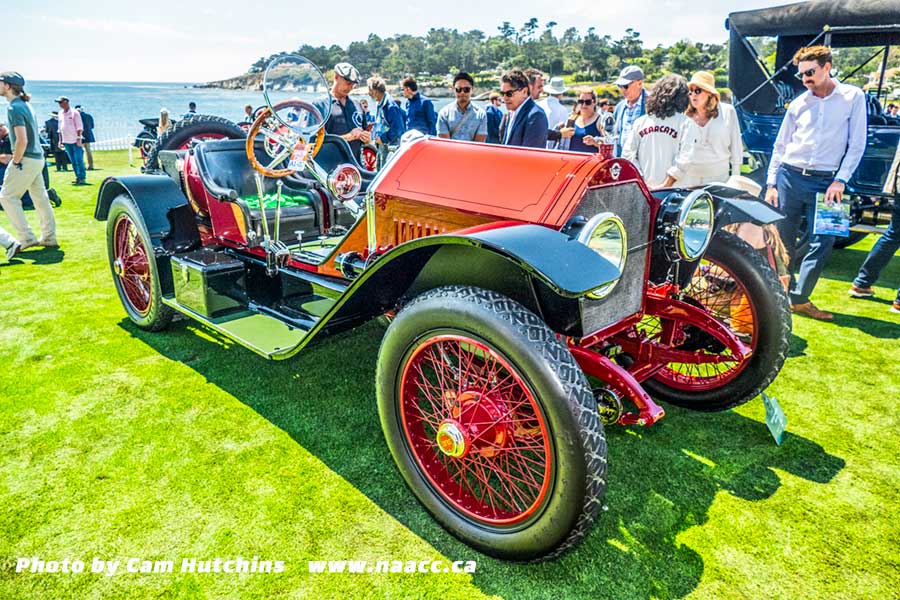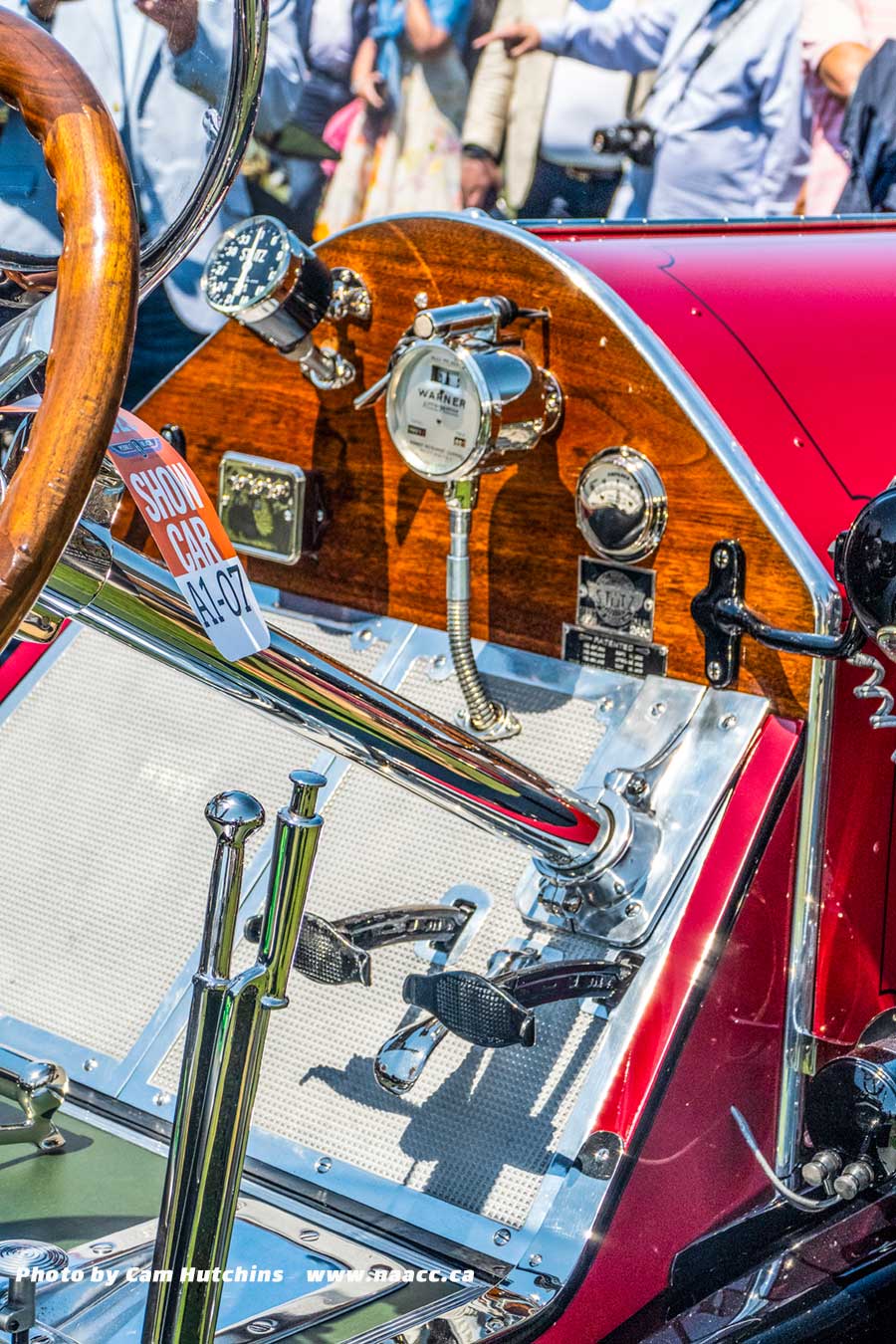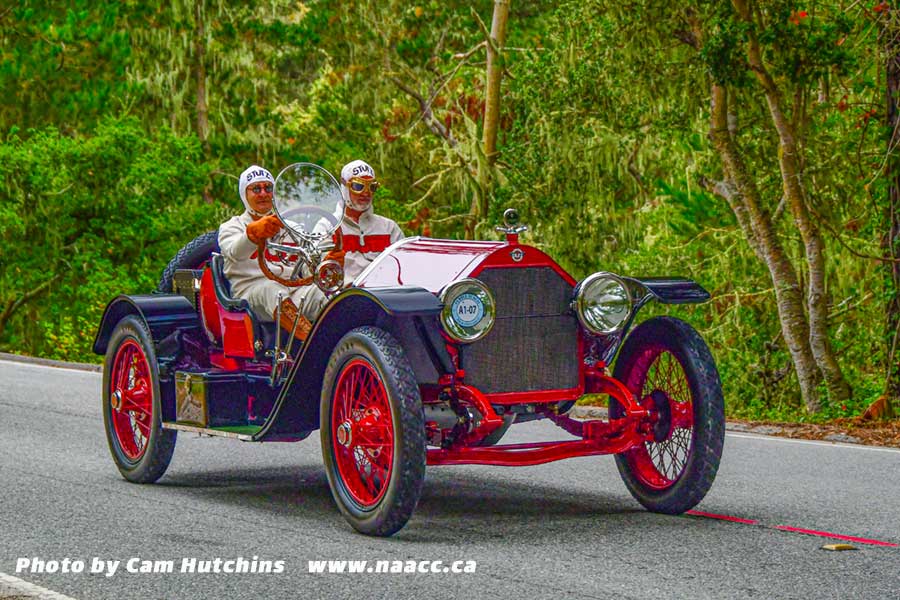The good folk at Pebble Beach pass out a little pocket sized guide of the cars shown at Pebble Beach and it is an invaluable guide for fellow Carnuts to learn about the entries.
Almost all the text on this post is courtesy of the good people at the Pebble Beach Concours d Elegance.
This class is for Antique Cars and they range in age from 1909 to 1915 and all were very expensive cars when new. This was when the rich were really the only ones owning cars and many of them would of been driven by chauffeurs.
These cars are all over 100 years old and many of them are now driven by their owners and even a few of them completed the Tour D Elegance without issues on the Thursday prior to the Concours. At least three of these Antique vehicles were owned at one time by Bill Harrah.
By Cam Hutchins
Click here to read the car guide>>
A1-01 – 1909 Pierce-Arrow Model 40 Touring *
John Bertolotti, Los Gatos, California
In 1905, the Pierce Company won the first Glidden Reliability Touring event, underlining its strength and durability. It went on to win that trophy for four more years. Revered as the insignia of the aristocracy, two Pierce-Arrows were acquired in 1909 for President William Howard Taft. This is a 1909 Series PP (chassis 4644), seating seven on a 124-inch wheelbase, with a 432-cubic-inch T-head four-cylinder engine. It is of particular interest as one of the final four-cylinder automobiles built by Pierce, and the first to feature thestandard side-shift operation. This Model 40 (for its 40 horsepower) was discovered and first restored in the sixties by collector Bert Upjohn. Wearing its original cast aluminum Pierce coachwork, this automobile has graced prestigious collections for many decades.
A1-02 – 1910 Pope-Hartford Model T Touring
Joe & Janice Conzonire, San Marino, California.
Having established a hugely successful bicycle manufacturing empire, Col. Albert Pope began to build electric automobiles in the 1890s. His most enduring creation, the Pope-Hartford (named for the company’s headquarters), was originally a single-cylinder car, which evolved into the four-cylinder in 1906. This example of the Pope Hartford (W435) was owned by Dr. George Shafer, a celebrated collector in the early 1930s. Bill Harrah purchased the car in 1962 and gave it a Gold Star restoration, specifically to be employed at his Middle Fork Ranch for VIP guests, and it was later displayed at the Harrah show room. Highly authentic and beautifully restored, this 1910 Pope-Hartford is one of the most highly regarded brass touring cars of its era.
A1-03 – 1910 Stearns 30/60 Touring
Stu Laidlaw & Kirk Bewley, Bolivia, North Carolina
Automobiles built by the F.B. Stearns Company were renowned for their incredibly high quality, durability and performance. This superb example of the 30/60 (chassis 2027), so called for its horsepower at idle and acceleration, featured a 535-cubic-inch, four-cylinder, L-head engine cased in a lightweight body. These cars raced with great Success, and broke speed records across the United States. Bill Harrah acquired this Steams for his collection and drove it with his friend Bud Catlett from Reno, Nevada, to Beloit, Kansas, in 1954 on the HCCA National Tour. (Catlett got a speeding ticket at 83 mph.) The current owner has driven this Stearns across the Sierra-Nevada with gradients of 27%, saying, “the only problem is trying to pass slower modern-day cars going uphill!”
1911 Oldsmobile Limited Seven Passenger Touring
Stan Lucas, Long Beach, California
The Oldsmobile Limited Seven Passenger was the largest production car built in the United States in 19 11. That said, this is believed to be the only remaining Limited, retaining its original starting system, as others have succumbed to a self-starter mechanism added later for convenience. Featuring a behemoth 706-cubic-inch T-Head, six-cylinder engine with 60 horsepower and 42-inch wheels, the Oldsmobile sold for $5,000 in 1911. This example was bodied by Touring and owned by opera star James Melton. It also honored the celebrated collections of Richard Paine and Mall Browning and was purchased by its current owner from the Browning collection. In 2006, this car won the Ansel Adams Award for elegance of design and excellence in performance.
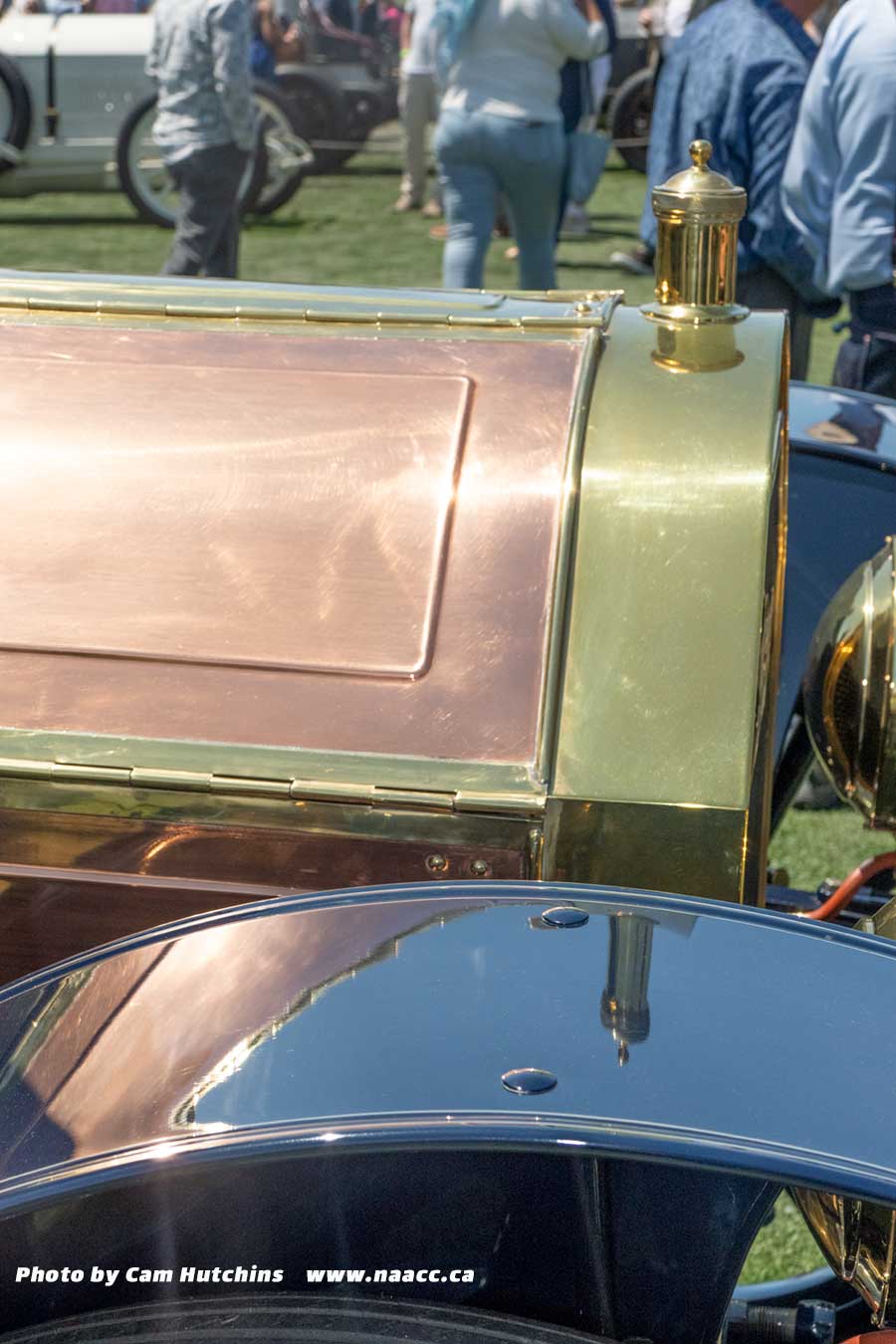
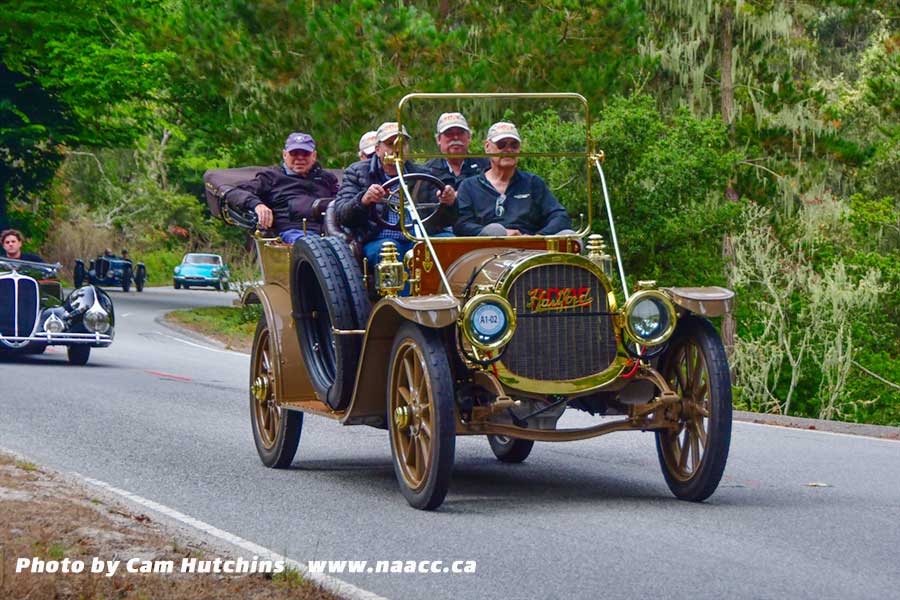
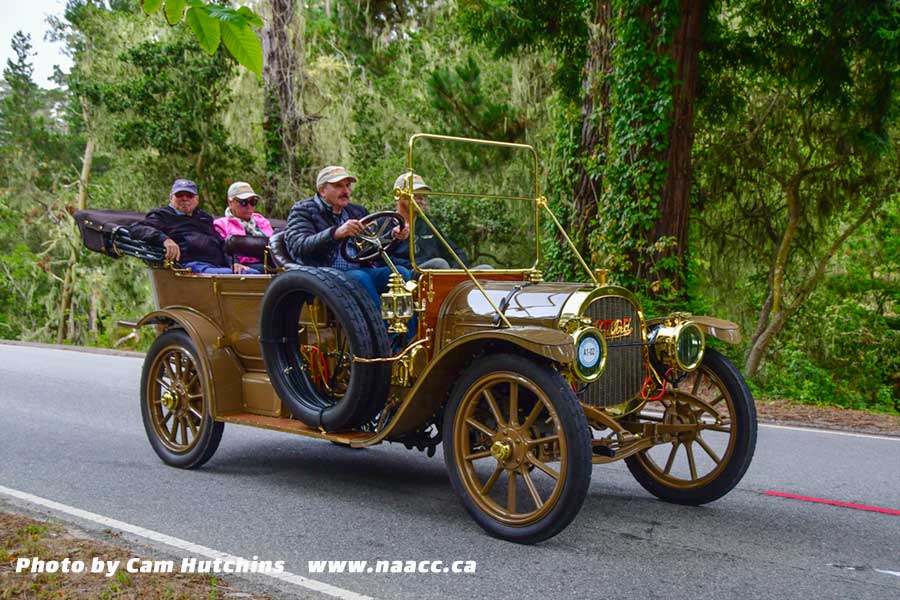
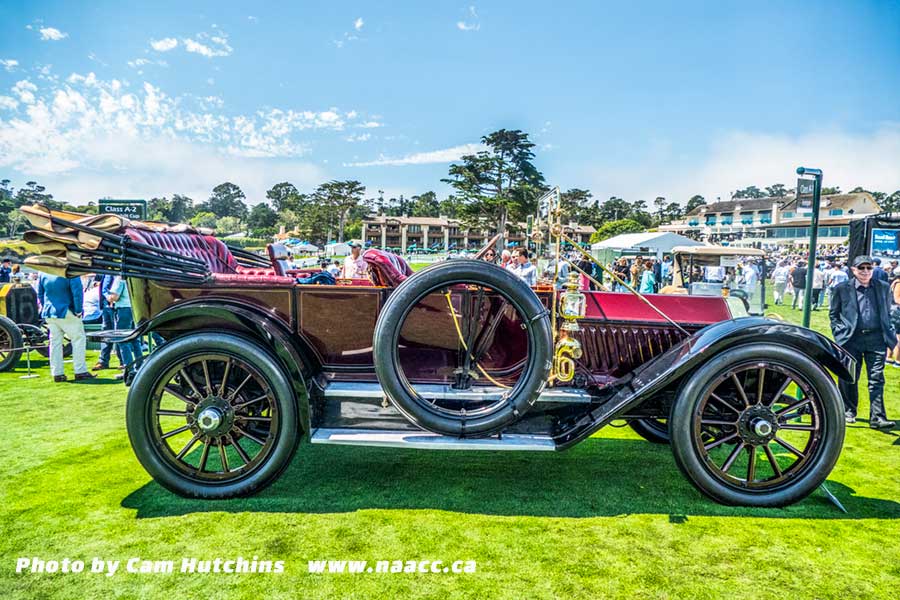
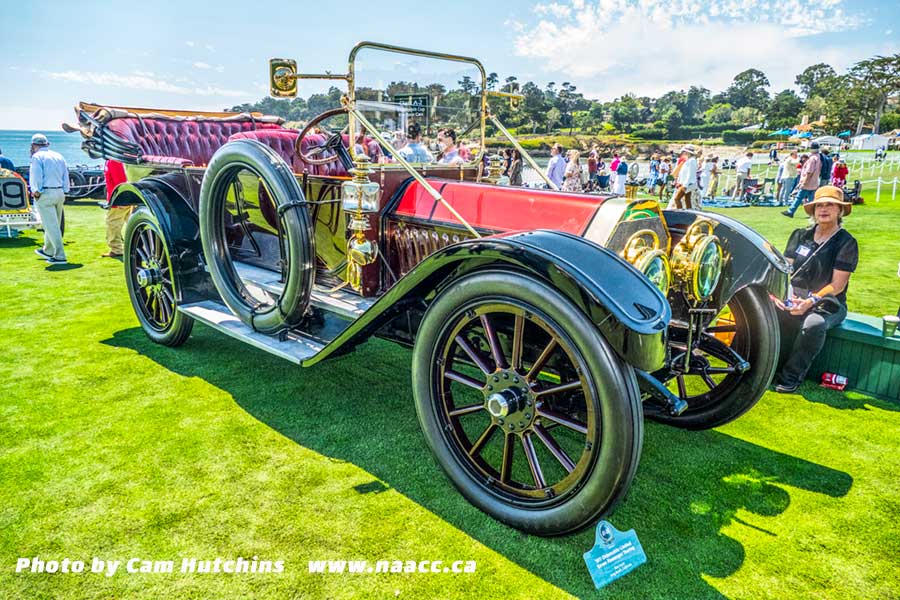
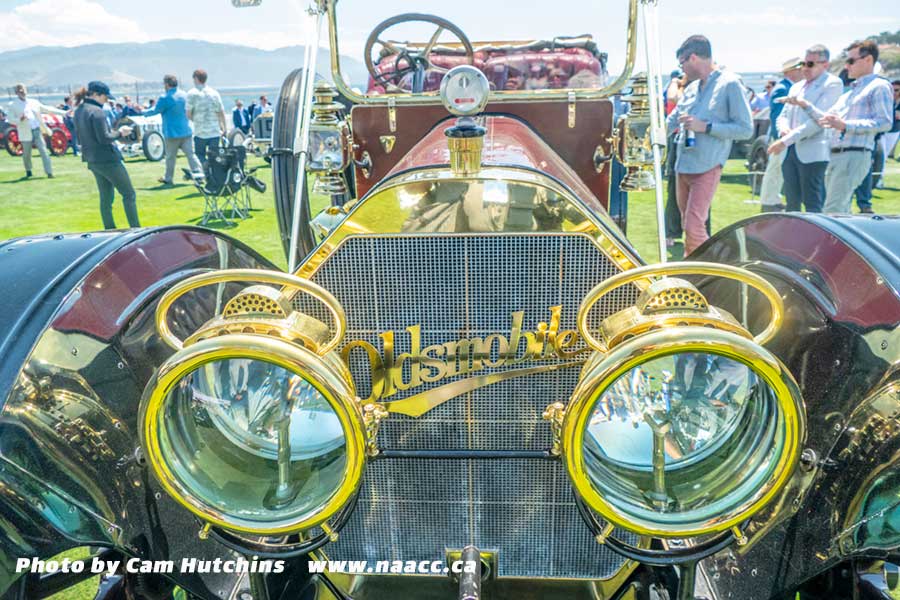
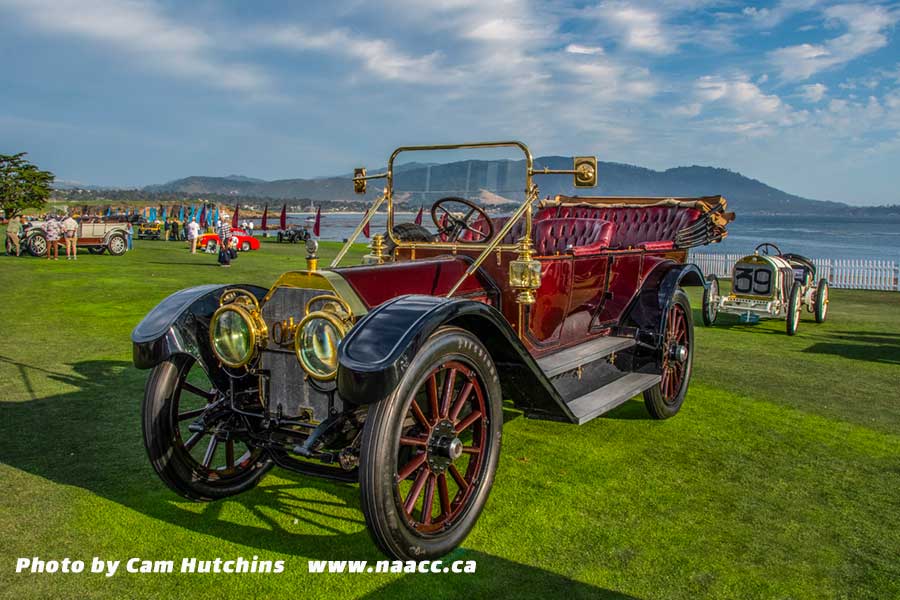
A1-05 – 1912 Simplex 50 HP Quinby 5 Passenger Torpedo Tourer
The Singleton Collection, Newport Beach, California
In the early 1908, after importing top European marques including Panhard, Renault and Mercedes, Simplex decided to build a car of its own. It soon went racing, earning several wins at Brighton Beach, and then, in 1911, a Simplex driven by Ralph DePalma placed sixth in the very first Indianapolis 500 Race. This 1912 Simplex 50 HP TorpedoTourer (chassis 50-12-834}, with what is believed to he unique coachwork by J. M. Quinby & Co., was originally purchased by Harold Stirling Vanderbilt, who was then said to be engaged to Eleonora Randolph Sears, a four-time national tennis champion who was also the first woman to ride a horse in a major polo match and who also raced yachts, participated in rifle shooting contests, and played squash, boxing, and football. In any case, when their relationship ended, Sears got the car and kept it for over a quarter century, selling it only in 1939. This Simplex was later owned by Charles Chayne, head engineer at General Motors, who added an aviation starter to the car. It was also owned for a time by what is now the Larz Anderson Museum.
A1-06 – 1913 Pierce-Arrow Model 66A-1 7 Passenger Touring*
National Automobile Museum ( The Harrah Collection), Reno, Nevada
The Pierce-Arrow Model 66 holds a unique record: this Brass Era vehicle is powered by the largest engine ever put in a production car. Upon its introduction in 1910, the model’s massive six-cylinder engine had a bore and stroke displacing 714 cubic inches, and by 1913 displacement had increased 825 cubic inches (as on this example, chassis 66606)-more than double the size of many competitors. Moreover, its power was matched by its torque and braking abilities; it was a true performance car. By comparison, the largest available regular production engine today is the 8.4 Liter Viper V 10, displacing just over 500 cubic inches. Even Ettore Bugatti’s Classic Era masterwork, the behemoth Bugatti Type 41 Royale with its 12. 7-liter engine, displaced just 778 cubic inches.
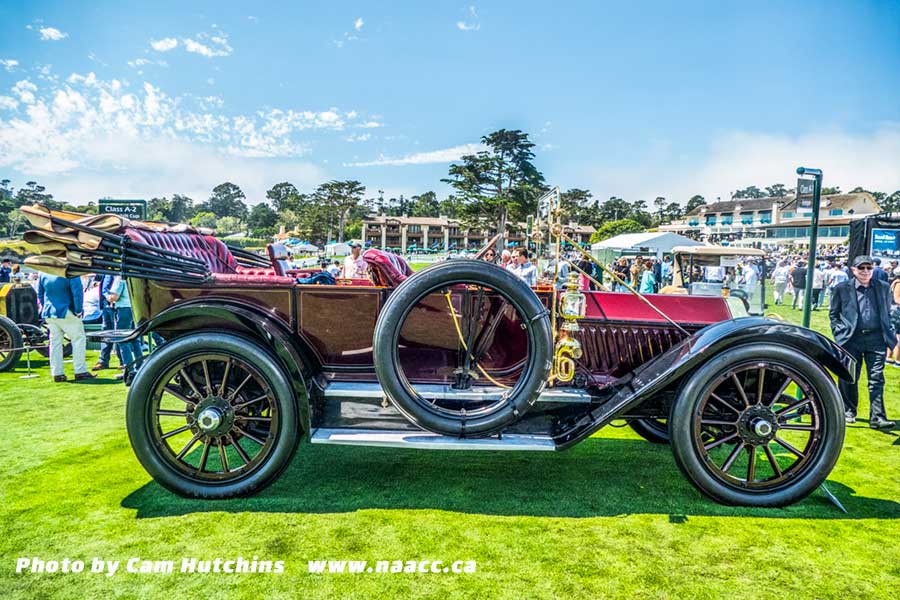
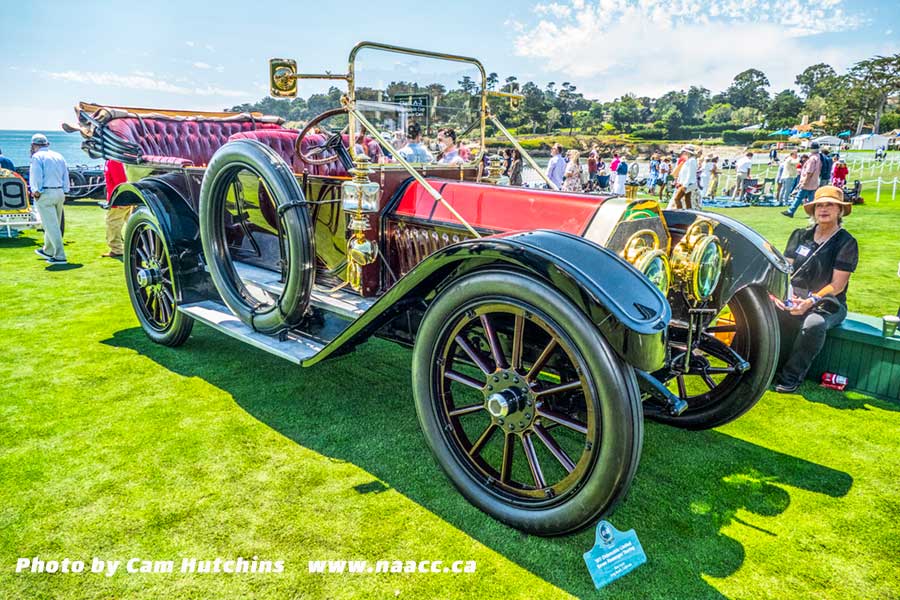
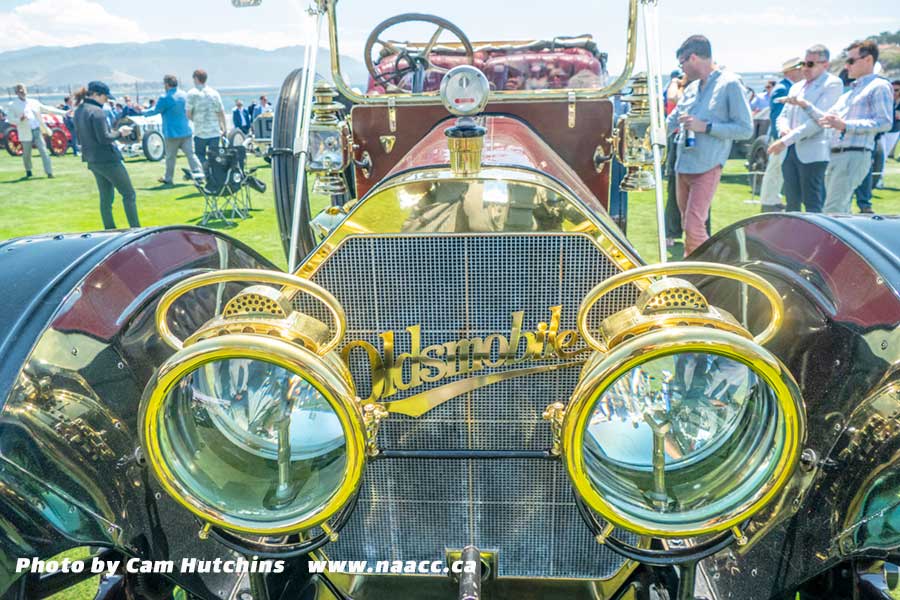
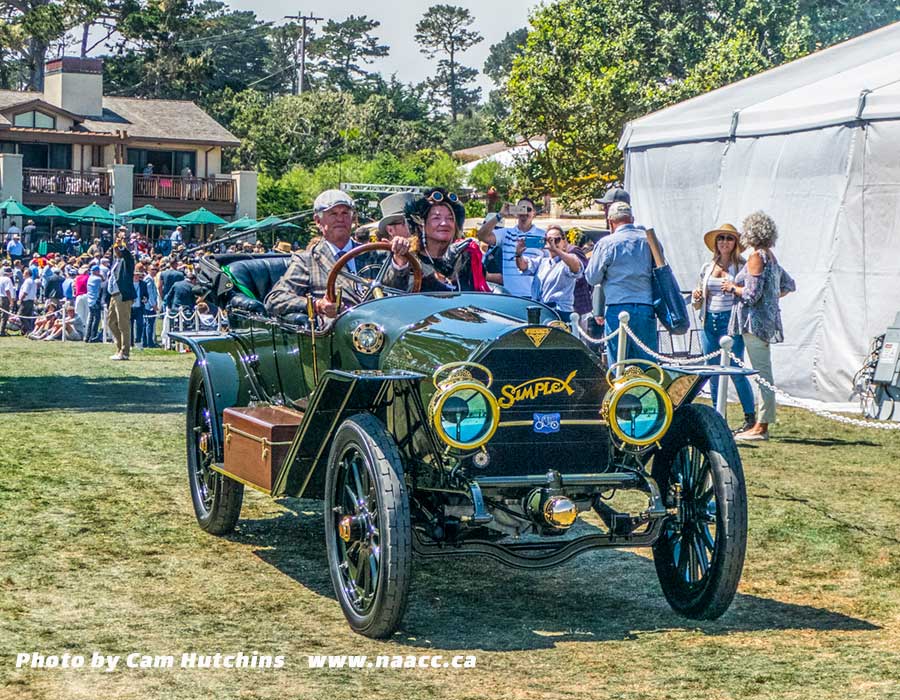
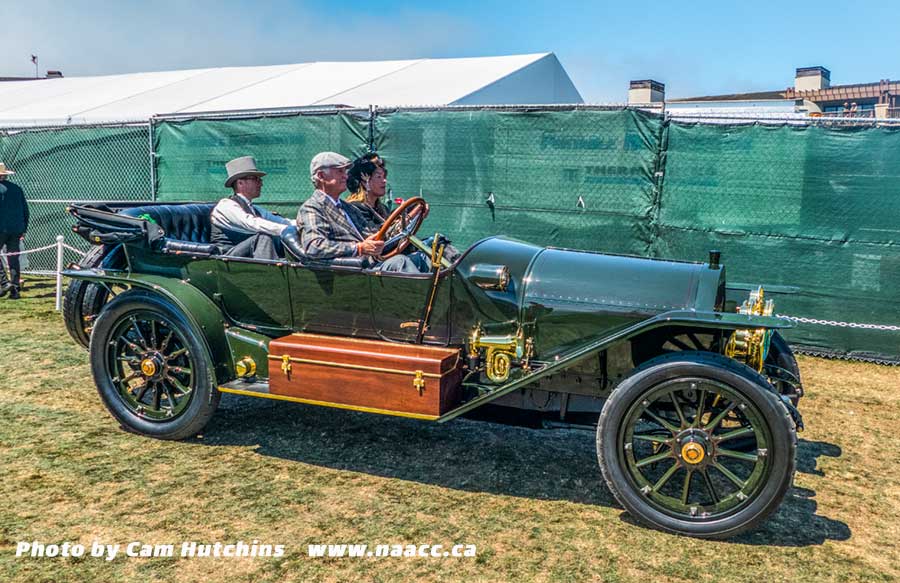
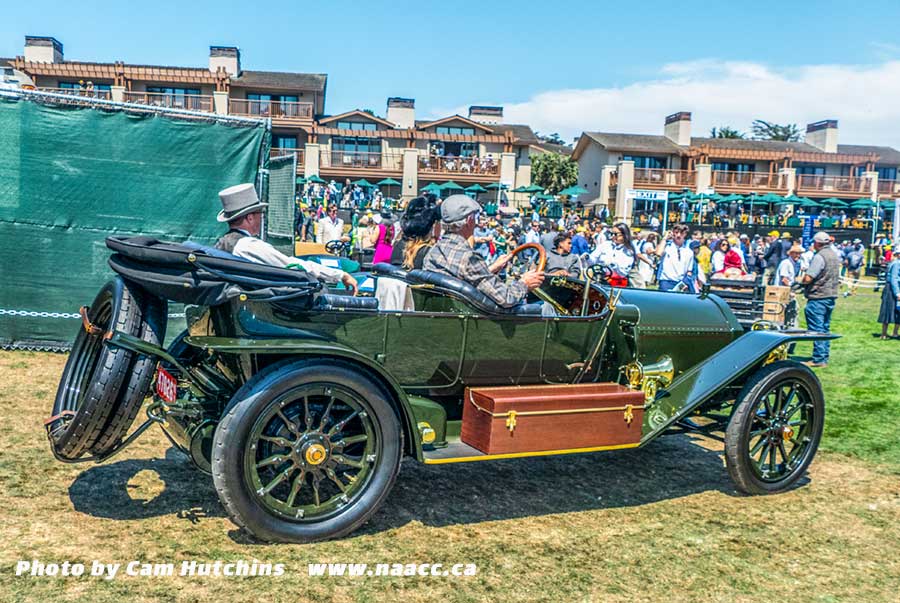
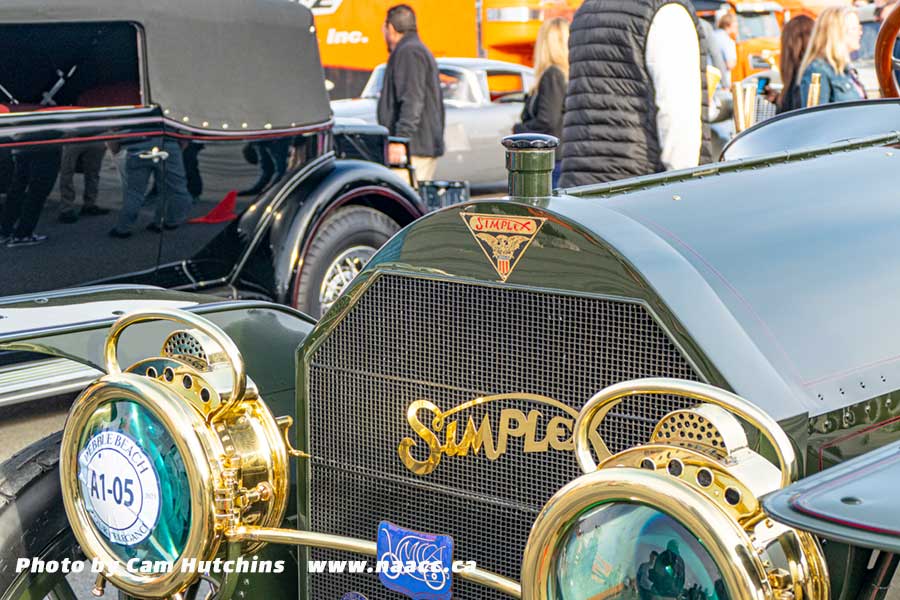
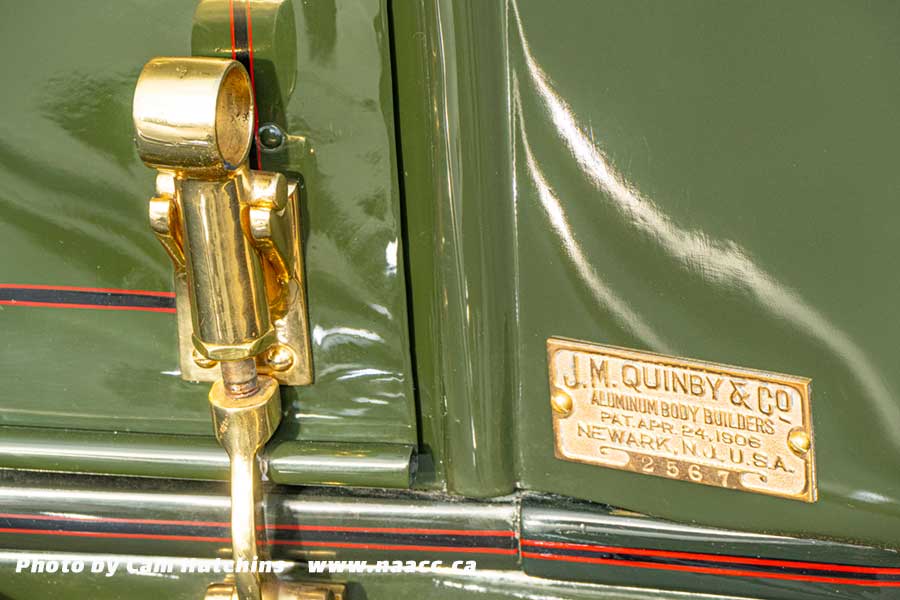
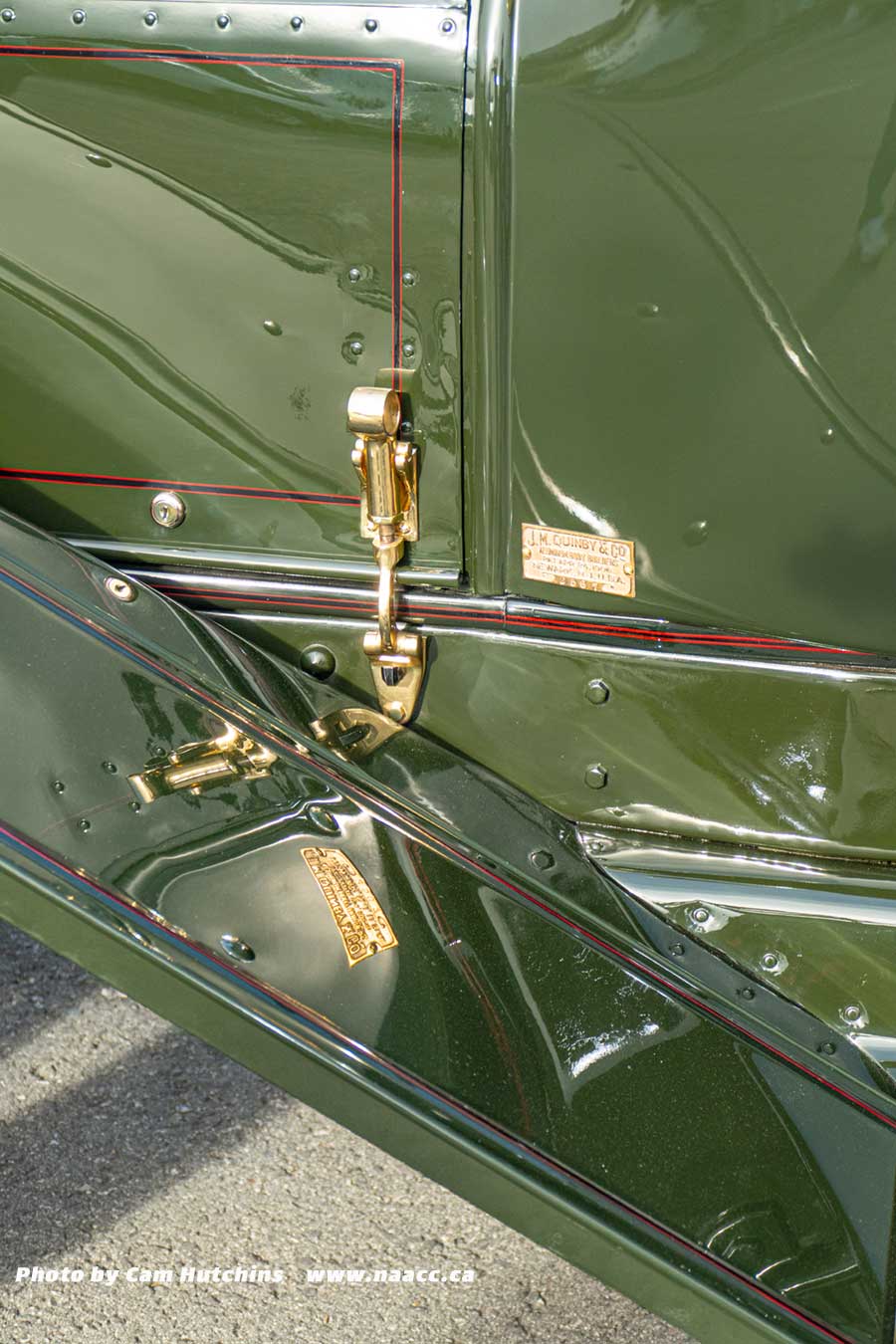
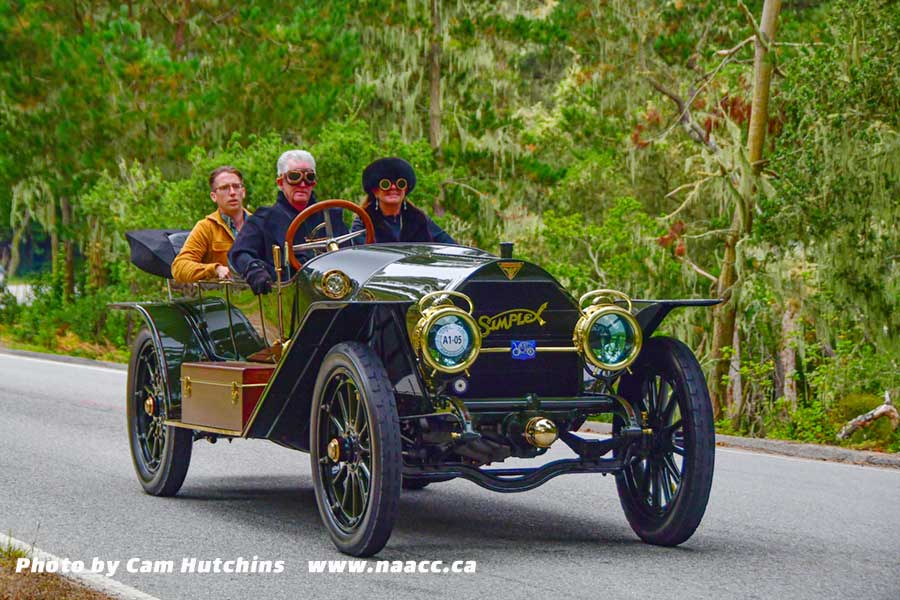
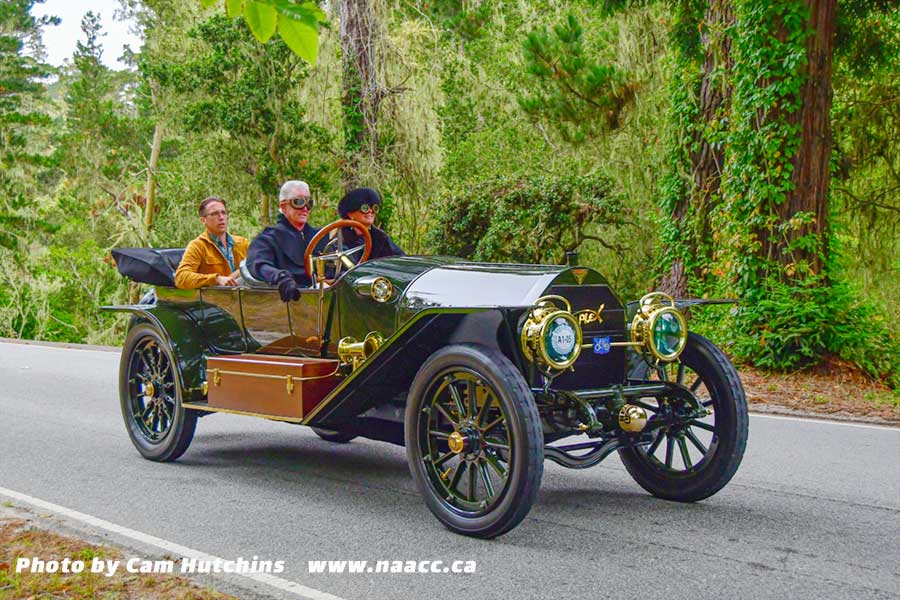
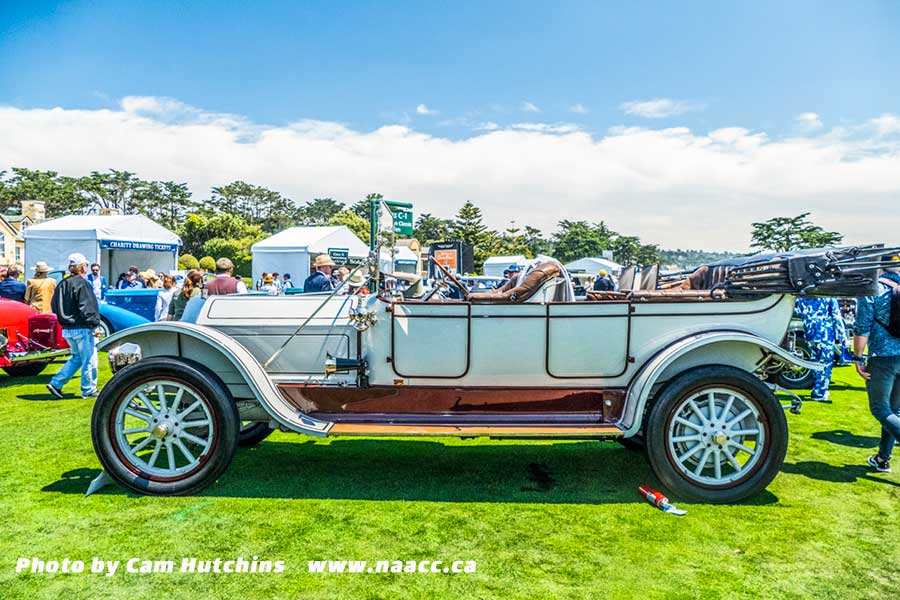
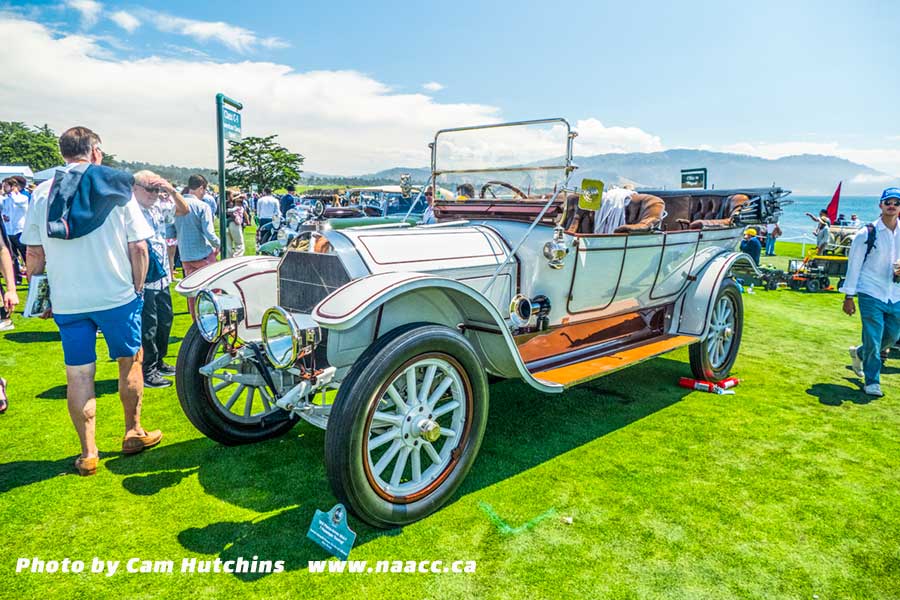
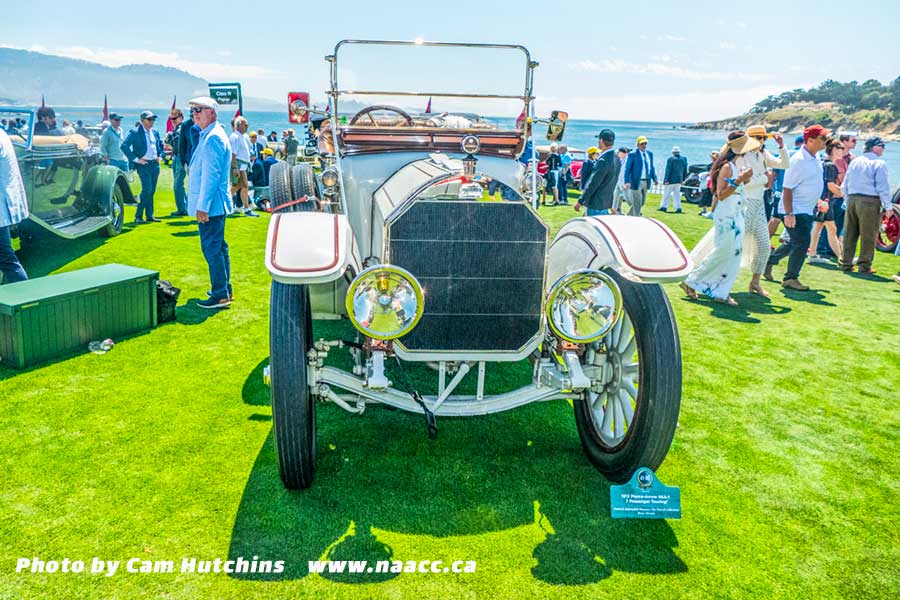
A1-07 – 1915 Stutz Model 4F Bearcat
Allen Shay & Kirsten Hanen, Creston, California
The all-American Stutz was catapulted into international recognition when it competed in the first Indy 500 in 1911. Much to the amazement and frustration of the international race community, the Stutz not only finished, but came in 11 th, a huge feat of endurance–and put the company firmly on the map as an international competitor. Earning the title, “‘Inc Car that Made Good in a day,” the Stutz was originally built as sports car, specifically for the elite driver who enjoyed the thrill of driving without a chauffeur. This 1915 Bearcat (chassis 4F2860) remained in the family of its original owner until 2007. Recently restored to its former glory, this superlative example of “America’s first sports car” has had only four owners in more than a century.
